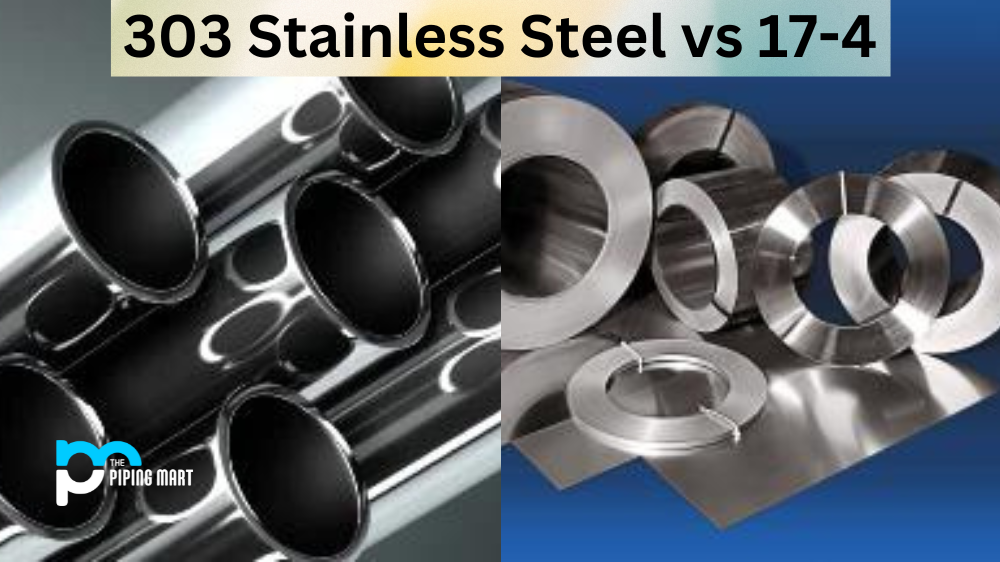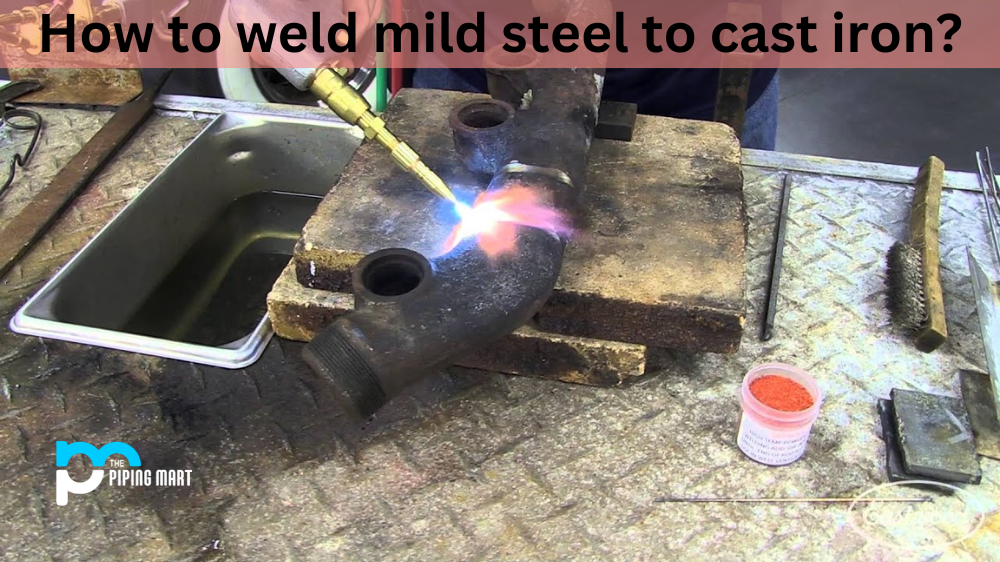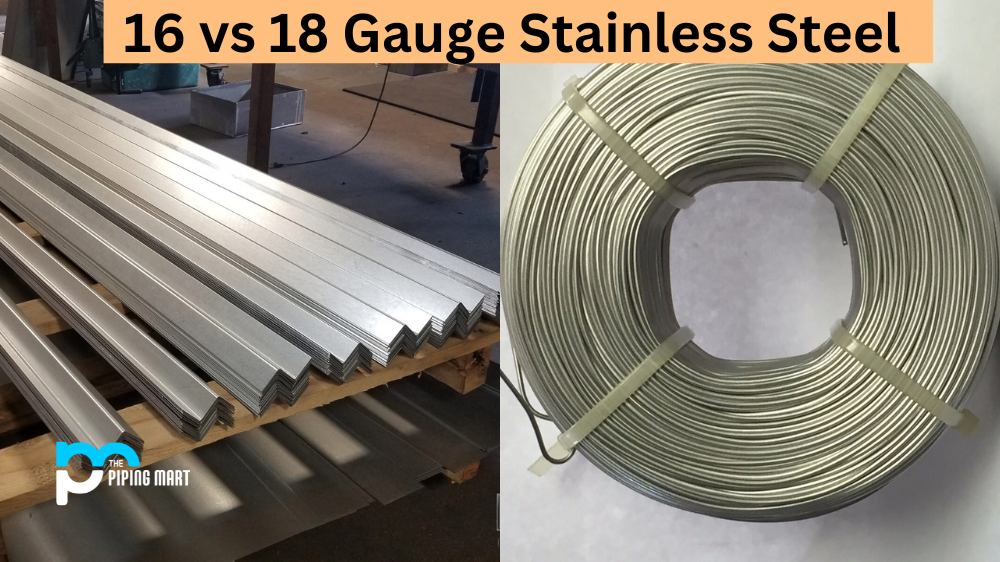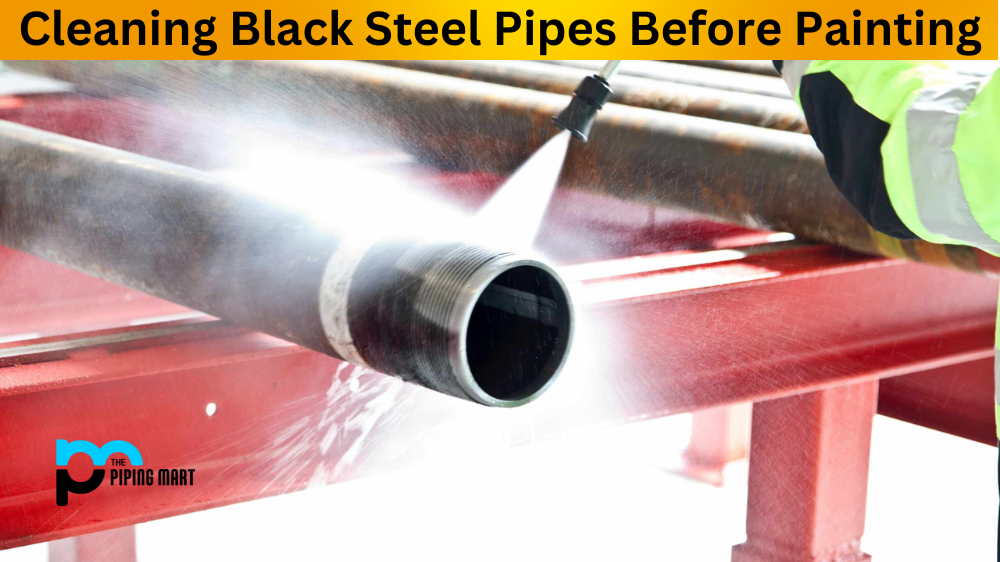Stainless steel is one of the most widely used industrial materials today due to its excellent corrosion resistance, high durability, and strength. The two most common types of stainless steel are the 303 and 17-4. While they may seem quite similar, some significant differences between them can greatly impact their performance in various applications. In this blog post, we will discuss the differences between 303 stainless steel and 17-4 and help you choose the right one for your needs.
Difference Between 303 Stainless Steel and 17-4
Chemical Composition
The chemical composition of these two types of steel is one of the major differences between them. 303 stainless steel is an austenitic steel with higher sulfur and phosphorus content than other austenitic steels, making it easier to machine. On the other hand, 17-4 is precipitation-hardened martensitic steel that contains high amounts of chromium, nickel, and copper but without sulfur content. These elements make it stronger and more resistant to corrosion than 303.
Strength and Toughness
While both 303 and 17-4 offer good strength and toughness properties, 17-4 is known to have a higher strength and hardness compared to 303, which makes it a good choice for high-stress applications. It also has excellent resistance to fatigue and impact. On the other hand, 303 offers better machinability than 17-4 due to its free-machining composition. It is also more ductile and easier to form.
Corrosion Resistance
The corrosion resistance of stainless steel is one of its key advantages. While both 303 and 17-4 offer excellent resistance to corrosion and oxidation, their performance can vary depending on the environment they are exposed to. 303 is resistant to mild atmospheric corrosion and food and beverage industry environments but not suitable for marine or harsh chemical environments. 17-4 is much more resistant to harsh environments, making it the preferred option for offshore and marine applications.
Cost
The cost of 303 stainless steel is relatively low compared to 17-4 due to its simpler composition. 17-4 is more expensive due to its higher chromium, nickel, and copper content. However, it is also more durable and performs better in harsh environments, providing a better long-term value.
Applications
303 is commonly used in machine components, nuts, bolts, bushings, other fasteners, and the food and beverage industry. 17-4 is used in various high-stress applications, including aerospace, oil and gas drilling equipment, and medical implants. It is also popular for marine and offshore applications requiring excellent corrosion resistance.
Conclusion
Choosing the right type of stainless steel for your project depends on several factors, including the environment, application, and budget. Understanding the differences between 303 and 17-4 helps you select the best meets your needs. While 303 offers better machinability and is more cost-effective, 17-4 is stronger, more corrosion-resistant, and better suited for high-stress and harsh environments. Consider these factors and consult with your stainless steel supplier to make the right choice for your application.

A passionate metal industry expert and blogger. With over 5 years of experience in the field, Palak brings a wealth of knowledge and insight to her writing. Whether discussing the latest trends in the metal industry or sharing tips, she is dedicated to helping others succeed in the metal industry.




